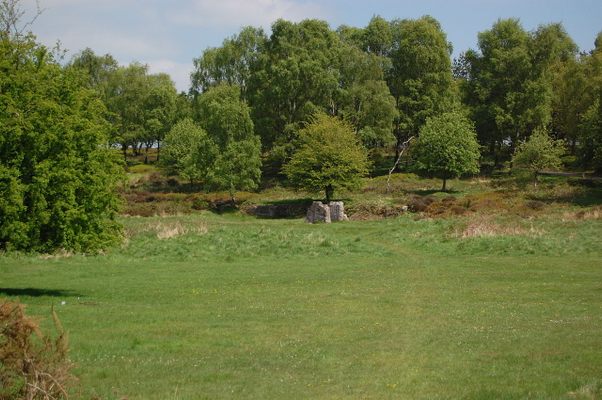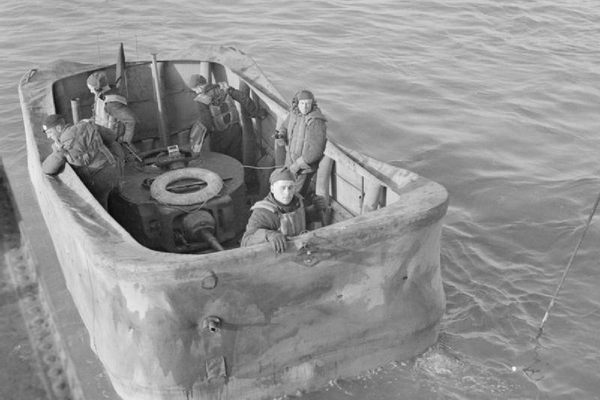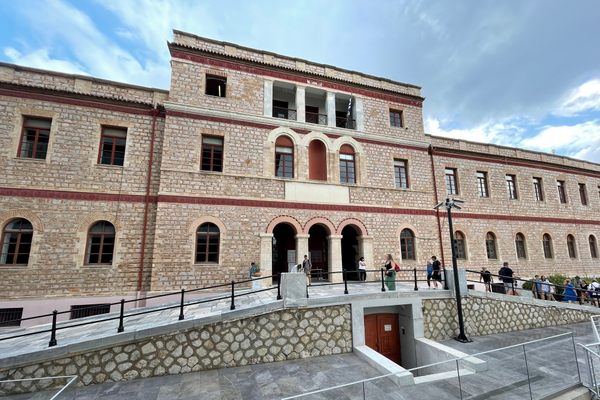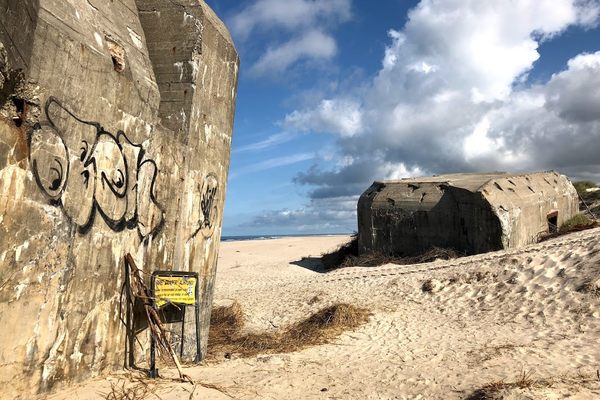About
Cannock Chase is currently recognized in the United Kingdom as an area of outstanding natural beauty, but during the First and Second World Wars the area was transformed into a massive military training facility.
During the wars, hundreds of thousands of British and Commonwealth troops passed through this complex of military camps. It even had its own specially constructed railway spur linked to the main line. The chase was also used in WWI to hold German prisoners of war. Both the sites of former military camps and associated POW camps can be easily found. After WWI, many of the accommodation huts used were sold off for use as village halls and the like. A few can still be found in surrounding villages.
On the chase, the most visible structures left over from this period are the parts of the several rifle ranges and training trenches. The remains of the massive back stop mounds are the most prominent but old shooting butts are also easy to find. Less obvious are the old trenches and weapons pits. Also present, near the village of Brocton is an accurate 40-meter by 40-meter model of the area involved in the Battle of Messines Ridge in Belgium. It was complete with accurate contours, trenches, roads, railways, and an accurate model of the village of Messines. This model was re-excavated by archaeologists in 2013 and after laser scanning was covered with a protective membrane then re-buried because it was too fragile to be left exposed. The model was constructed by German prisoners held in a nearby POW camp and was used for training purposes. An information board now marks the spot.
Also near Brocton is the grave of Freda, the Dalmation mascot of the New Zealand Rifles who were stationed here from 1917.
One of the best known WWI occupants of the Cannock Chase complex was J.R.R. Tolkien, who both trained and lived locally while recovering from injuries sustained in France. Many people believe that several parts of the chase inspired scenes in the author's Lord of the Rings trilogy.
Related Tags
Published
May 12, 2021































